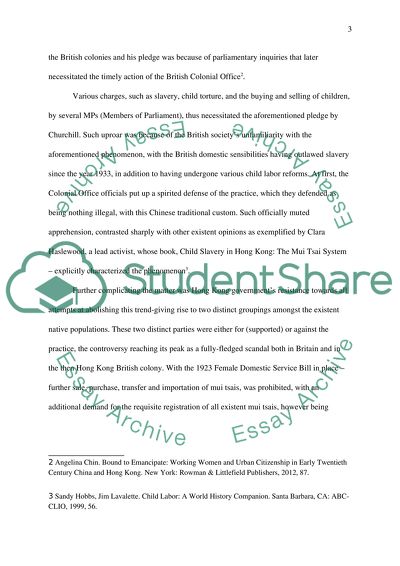Cite this document
(“Why was the Hong Kong government so slow to abolish the mui tsai Research Paper”, n.d.)
Retrieved from https://studentshare.org/history/1477419-why-was-the-hong-kong-government-so-slow-to
Retrieved from https://studentshare.org/history/1477419-why-was-the-hong-kong-government-so-slow-to
(Why Was the Hong Kong Government so Slow to Abolish the Mui Tsai Research Paper)
https://studentshare.org/history/1477419-why-was-the-hong-kong-government-so-slow-to.
https://studentshare.org/history/1477419-why-was-the-hong-kong-government-so-slow-to.
“Why Was the Hong Kong Government so Slow to Abolish the Mui Tsai Research Paper”, n.d. https://studentshare.org/history/1477419-why-was-the-hong-kong-government-so-slow-to.


